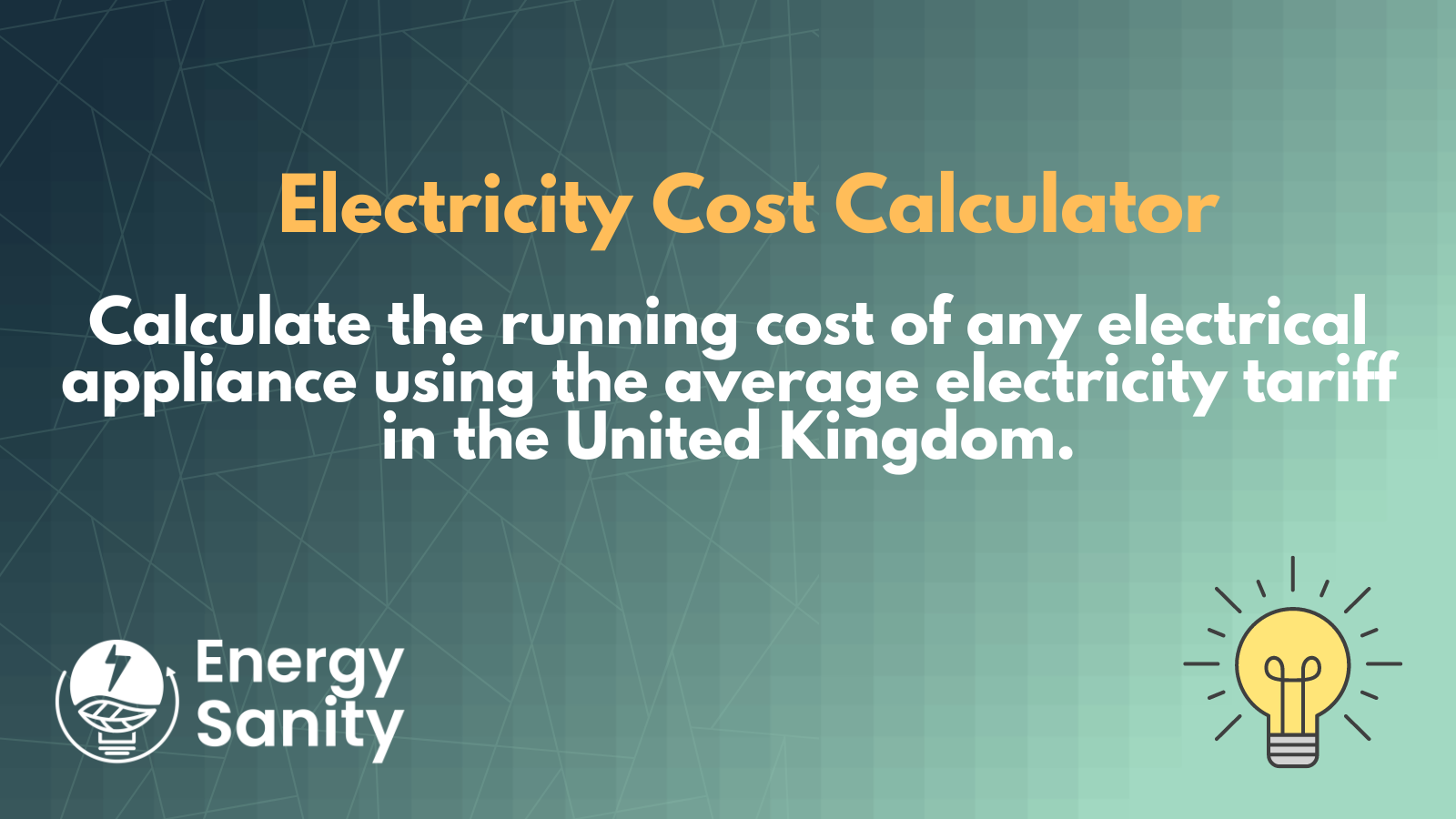
Knowing how much gas you’re using each month has become easier with the introduction of smart meters, which have the ability to read both your gas and electricity usage. If you’ve got one of these, then you should be able to see your gas usage in kWh, as well as an accurate estimation of your monthly bill.
However some people still have older meters, and unfortunately your gas usage isn’t always measured in kWm. Sometimes, it may instead be in a confusing m3 measurement instead, which doesn’t show you your usage in kWh. Fortunately, it’s pretty easy for you to convert it.
Gas m3 to kWh – Conversion

Obviously, the first thing you need to do is get the measurement from your gas meter. Then, you need to multiply it by your calorific value, which is typically 40 (but check your bill as it may be different. Then, multiply it by 1.02264, which is the volume correction factor. Finally, divide it by 3.6 to get your full conversion in kilowatts.
So for example, you’ve taken your m3 measurement as 100m3. First we can multiply it by 40 to get 4000, and then by 1.02264 to get 4090.56. Then finally we can divide this total by 3.6 to give us our kWh, which in this instance is 1136.26666667. Simple(ish!).
Now, this is the long route, and it shows you the in-depth variants that can have an effect on your measurement, specifically the calorific value. In quick time, usually I’d just multiple the number by 11.2, which takes into account all of the steps above. This can give you a quick rough estimate of your gas usage in kWh.
Thank you for reading this post 🙌 - don't forget to take advantage of our New Free Tools: Electricity Cost Calculator and Energy Bill Calculator 👇
Energy Bill Calculator
Our Energy Bill Calculator is designed to help you estimate your electricity costs in the…
Electricity Cost Calculator
Do you want to know how much your electrical appliances are costing you every month?…
What does m3 stand for?
m3 is simply the measurement that we use for a cubic metre. With liquids and solids this is usually quite easy, as a cubic metre is equal to 1000 litres or kilograms. It’s one of the most commonly used measurements in the metric system, and it can be used for various different liquids, solids or in this case, even gases too. Obviously with gas the density is lower, so it’s going to have a different weight to a solid.
We still use m3 quite a lot in the UK, although your smart meter application may not even mention it. You can usually check on your meter for the measurement used, and if it’s newer than the 80s, then it’ll likely be measured in cubic metres which form part of the metric system. In the past, we used to use the imperial system, which measured your gas usage in cubic feet as opposed to cubic meters.
What does kWh stand for?

kWh, or kilowatt-hour, is another one of the most common measurements used globally, and it is simply a unit of energy. It is the amount or power of kilowatts used per hour of energy usage, and it is equal to 3600 kilojoules. Although there are some countries that don’t sell electricity to customers on a commercial basis, in the UK and Europe it is pretty common.
This is why most of us are familiar with the term, and it’s what is generally used for electric usage here. Gas meter readings are taken in m3, but we can convert them to kWh to work out exactly how much we’re going to spend on our energy bills. As always, being frugal with the appliances in your home can help you to reduce your gas consumption, and therefore your energy prices too.
An example of an appliance that used around 1kWh of energy per day is your fridge, though larger fridges can use 2 or 3 kWh per day. Now, different countries will charge a different amount for their energy, but in the UK it tends to average around 15-20 pence per kilowatt. If we take the average from Bulb Energy at 18 pence, this means that your fridge probably costs anywhere from £5-10 to run per month.
So although we measure gas in cubic meters, converting gas units to kWh makes it much easier for us to work out our overall electric and gas bill come the end of the year. This is why we now use a metric gas meter as the standard, and the metric measurements are what most people are used to, so it can be worthwhile spending time to convert gas units into kWh.
Even though you may still come across old imperial gas meters, they’re definitely declining in terms of use. But for working out your gas costs, it’s useful having the information above anyway.
Conclusion
Overall, converting your energy from one measurement to another usually comes down to some simple math. Although smart meters will make things much easier for us to understand, we aren’t quite there yet when it comes to giving the average consumer this type of information. Fortunately, with all houses potentially being smart metered by 2025, we should be up to date by then.


